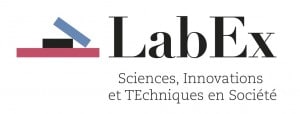Abstract
Using co-occurrence methods for identifying semantic structure in texts, we first describe the structure of the Protestant Bible, focusing on the ways in which contents of the Bible are organized in both the New and Old Testaments. We introduce a strategy for capturing the co-occurrence of nouns and verbs in windows defined by verses that progressively move across the text, from start to finish in a manner similar to reading. We then consider how Dissenters and Conformists used the Bible by locating Biblical verse in sermons printed in England during the period from 1660 to 1780. We describe how chapters are linked by themes over time, by dissenting and conformist religious communities, and map Dissenter and Conformist uses of the Bible onto its semantic structure. We show that it is possible to induce a semantic network image of the Bible, that this structure serves as a skeletal frame for interpretation, thereby highlighting different contents as central to denominations’ religious inspirations and concerns.
See all documents refering Cortext Manager






